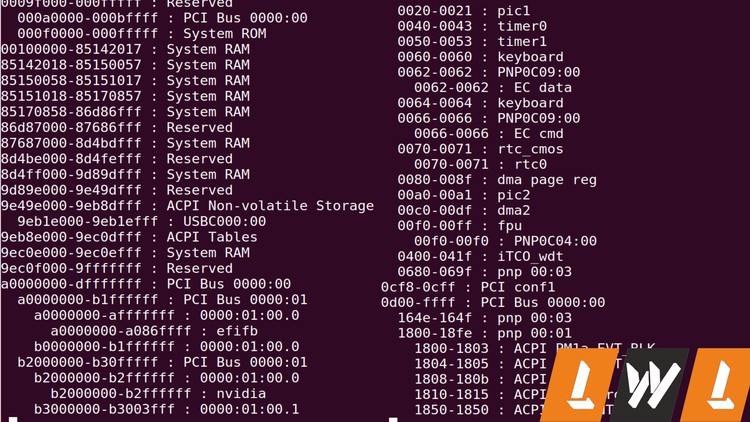Linux Device Drivers - Communicating with Hardware

Why take this course?
🎉 Linux Kernel Programming for IO Mapped and Memory Mapped Devices 🎉
Course Overview:
Dive deep into the world of Linux kernel programming with a focus on Input/Output (I/O) communication methods. This comprehensive course is designed to equip you with the skills to write your own kernel drivers and modules, particularly for I/O Mapped I/O and Memory Mapped I/O devices. Whether you're a beginner or an experienced developer looking to expand your knowledge, this course will guide you through the complexities of interacting with hardware at a low level in Linux systems.
What You Will Learn:
- 🔍 Two Modes of Communication with Hardware: Understand the difference and use cases for IO Mapped I/O and Memory Mapped I/O within the Linux kernel.
- 🧪 Kernel Drivers/Modules for IO Mapped I/O: Learn to work with speakers, real-time clocks (RTC), and keyboards as IO Mapped devices.
- 🔁 Kernel Drivers/Modules for Memory Mapped I/O: Gain expertise in interacting with hardware devices like the Hardware Random Generator (HRNG), General Purpose Input/Output (GPIO), and Universal Asynchronous Receiver/Transmitter (UART).
- 🤝 Accessing IO Mapped I/O and Memory Mapped I/O from User Space: Explore methods to access these resources from outside the kernel.
- 📦 PCI and SMBIOS: Discover how the Linux kernel communicates with PCI devices and uses System Management BIOS (SMBIOS) tables for system discovery.
API's/Macros/Structures:
- Master the essential API's, macros, and structures required for I/O operations, including
inb,outb,inw,outw,inl,outl(and their privileged counterparts). - Understand how to use
struct resource,request_region, andrelease_regionto manage device regions. - Learn the necessary ioport handling functions like
ioperm,iopl, andgeteuid. - Explore advanced Memory Mapped I/O functions such as
ioremap,iounmap,ioread8,ioread16,ioread32,iowrite8,iowrite16,iowrite32, and more.
Key Files and Commands:
- Familiarize yourself with critical files such as
/dev/port,/dev/mem,/proc/iomem, and/proc/ioports. - Utilize powerful commands like
hwclockfor handling real-time clock operations,dateto display or set the system date, andshowkeyfor reading key events. - Learn about data manipulation with
hexdump, string extraction withstrings, and disk copying withdd. - Discover system discovery tools like
lspcifor listing PCI devices andbiosdecodefor decoding BIOS information, as well as detailed hardware information withdmidecode.
Join Us on This Exciting Journey!
This course is perfect for:
- System programmers who want to understand how the Linux kernel interacts with hardware.
- Software developers looking to expand their skill set to include low-level driver development.
- DevOps professionals aiming to gain a deeper insight into system programming and operations.
By the end of this course, you'll be well-versed in the intricacies of Linux kernel programming for I/O devices, ready to take on any challenge that comes your way! 🚀🐧
Loading charts...